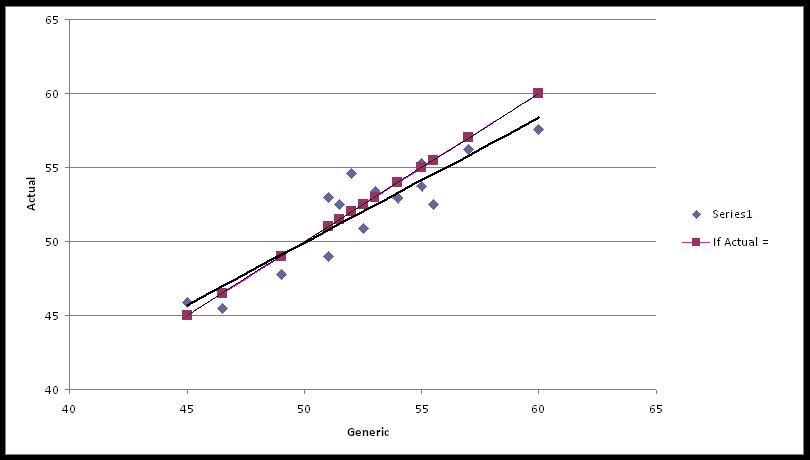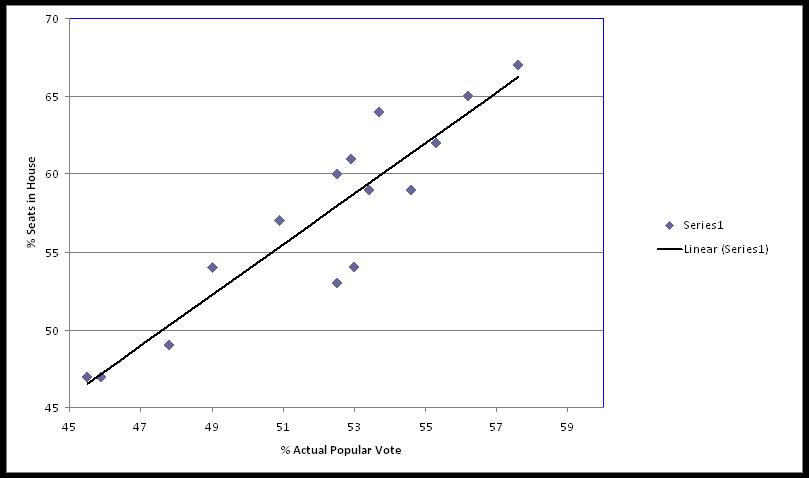Two recent columns, one by Dana Milbank (thanks to Peter Baumann for bringing this to my attention) at the Washington Post, and the second by the New York Times’ Tom Friedman, help illuminate the essence of the leadership problem faced by President Obama and underscore one of the reasons Democrats are in danger of losing both the House and the Senate come November.
Milbank’s column focuses on David Axelrod, Obama’s chief campaign strategist who announced a few days ago that he will be returning to Chicago after the midterms. Axelrod, Milbank writes, “is leaving in defeat. It’s not really an electoral defeat: Though Democrats will probably experience a shellacking on Nov. 2, Obama’s prospects for 2012 will surely rise with the economic cycle. Rather, it’s the notion that Obama, who declared on election night that “change has come to America,” has failed to change Washington, a belief shared by 53 percent of Americans in the latest Washington Post/ABC News poll.”
What explains Obama’s failure to bring change? According to Milbank’s account, “The campaign he [Axelrod] designed for Obama to run against Washington in 2008 ran headlong into the Washington dealmaking necessary to get items such as health-care reform through Congress.”
That, in a nutshell, encapsulates a recurring problem with incoming administrations, including this one – an utter failure to realize that campaigning is nothing like governing, and to overestimate the President’s – any president’s – capacity to bring change. Axelrod’s disillusionment is rooted in an unrealistic understanding of the limited nature of presidential power.
But the problem of inflated expectations owes much to the media punditocracy of which Axelrod is so critical. Consider Friedman’s column, which begins with the now-conventional dismissal by Washington insiders of the Tea Party movement. Friedman then begins musing about what this country really needs.
Americans, he argues, are “looking for a leader with three characteristics. First, a patriot: a leader who is more interested in fighting for his country than his party. Second, a leader who persuades Americans that he or she actually has a plan not just to cut taxes or pump stimulus, but to do something much larger — to make America successful, thriving and respected again. And third, someone with the ability to lead in the face of uncertainty and not simply whine about how tough things are — a leader who believes his job is not to read the polls but to change the polls.” The implicit assumption built into Friedman’s column is that Obama has failed on all three counts.
Friedman’s argument is, to state it succinctly, complete nonsense. The reality is that the Framers’ designed the American political system precisely to prevent a single “leader” from accomplishing any of the objectives he cites without the active cooperation of most other political actors and institutions. In our system of shared powers, no politician – especially the President – has the capability to fulfill these expectations alone. If change is to come, it requires the president to work closely with, and through, the majority party in Congress (and sometimes the minority party too), and to act within the latitude afforded by public opinion – that is, it requires engaging in the “dealmaking” that Axelrod so despises. Even then “change” is likely to occur haltingly, in incremental and not uncontroversial steps.
The problem with columns like Friedman’s with their call for “leadership” is that they contribute to the inflated expectations and inevitable disillusionment characteristic of Axelrod’s Washington experience. That disillusionment is rooted in wholly unrealistic understanding about what a President can hope to accomplish. Now, the Obama administration is not blameless in fueling these expectations – its senior members, including Axelrod, somewhat naively but sincerely believed, I am sure, that they would bring genuine change and they did nothing to tamp down expectations in this regard when they took office. And, in important respects, they have brought substantive change. But all presidents, and their senior aides, take office overestimating their influence. It is partly a function of the inevitable political “high” that comes from overcoming extraordinary odds to win the presidency. Moreover, the current method of selecting presidents – one that tends to treat executive inexperience and a lack of Washington ties as a virtue and their converse as a curse (see Hillary Clinton) – often produces winners who initially think governing is much like campaigning. Inevitably reality sets in as they discover that their capacity to bring change is highly contingent on the willingness of others to work with them. And that willingness comes with a hefty price tag. (This comes through most clearly in Obama’s decision-making process in Afghanistan, as described in Woodward’s latest book. I’ll have more to say about this in a future post, but Woodward’s account lends credence to my earlier posts describing a president being led down the garden path by his generals.)
The disillusionment and anger that is fueling the Tea Party movement, and which will likely lead to deep Democrat losses come November, is not the result of Obama’s failure to “lead” as Friedman would have him do. It is due to the deep-seated economic problems that are only partly susceptible to government “cure” and which certainly cannot be solved by this or any President acting alone.
Note to Friedman (and to Axelrod): leadership does not require eschewing politics for patriotism or putting principle before party. It requires acting politically by working through party (and sometimes parties) to achieve principles. That’s how you change Washington and the polls, and begin restoring America’s “greatness”.
All presidents are patriots. The best ones are also extraordinary politicians who understand the art, and the necessity, of the deal.




